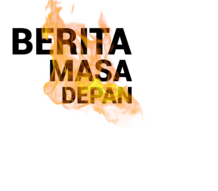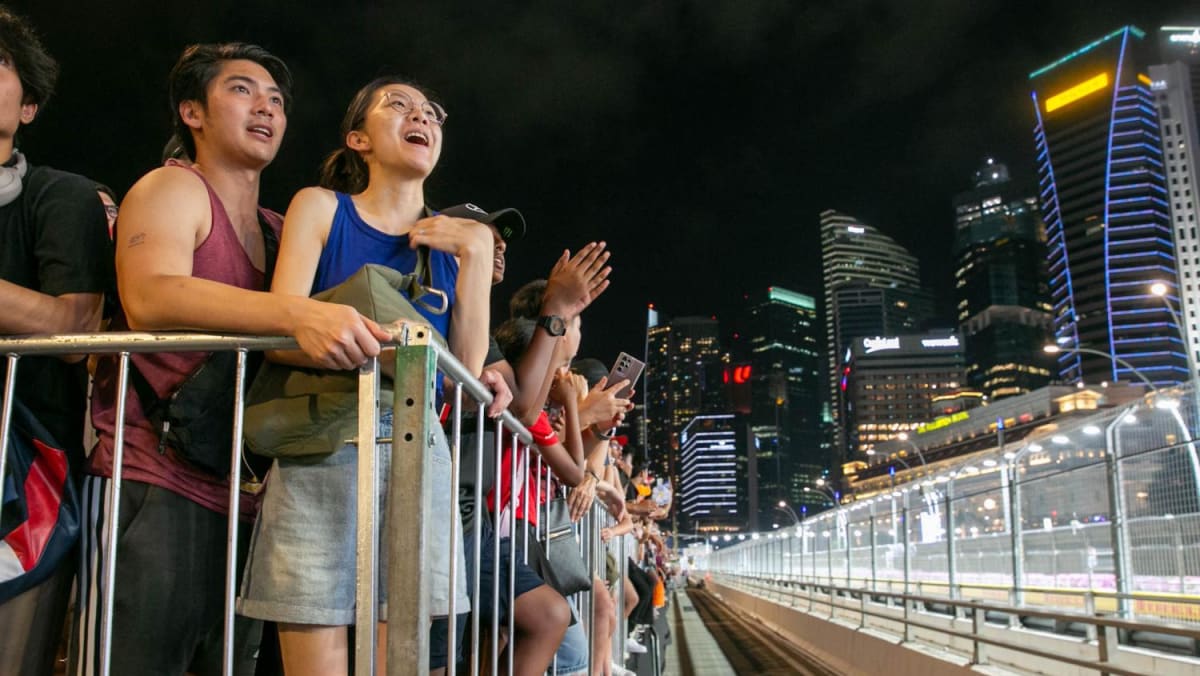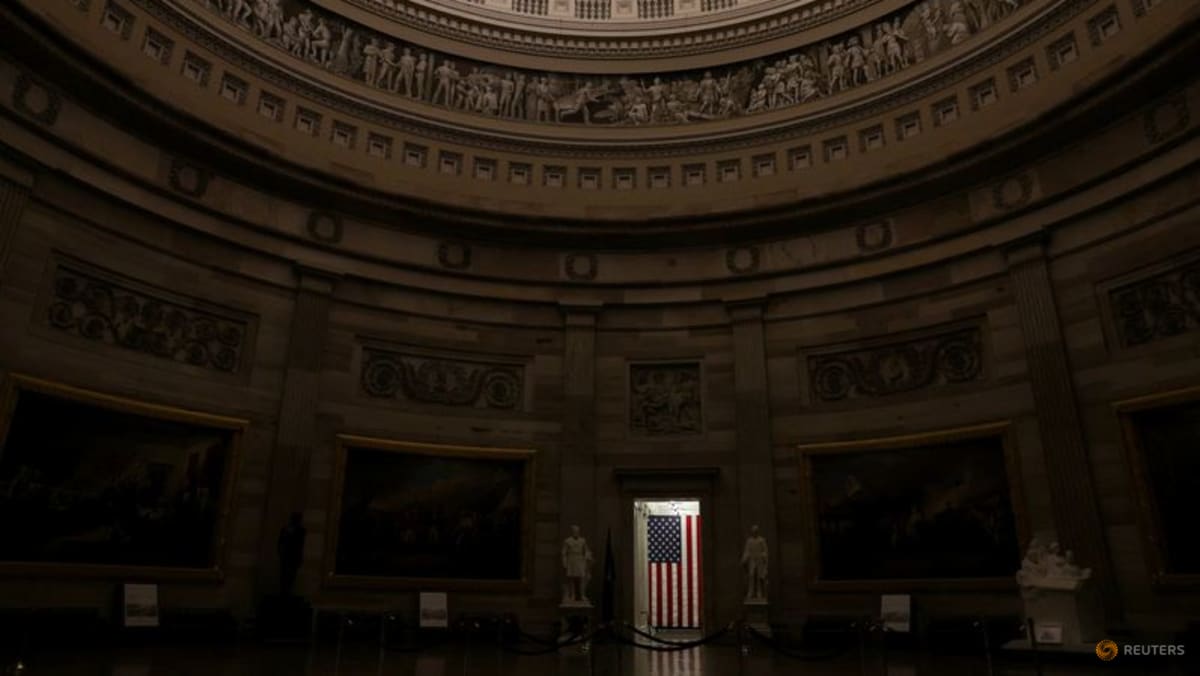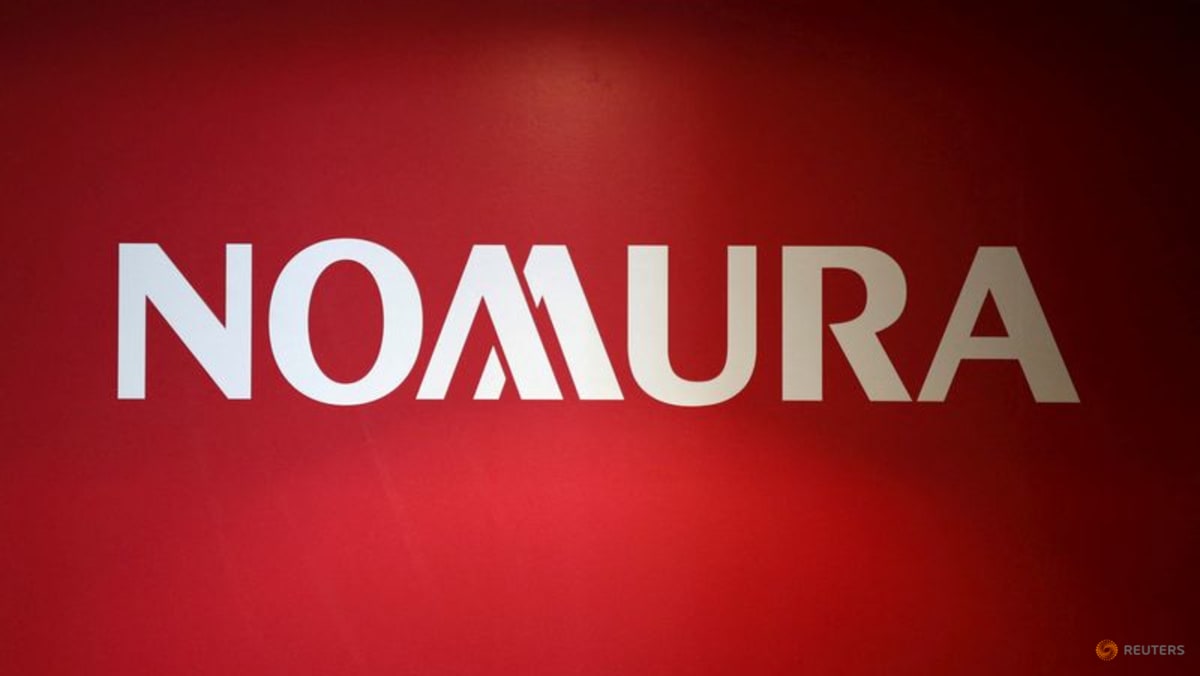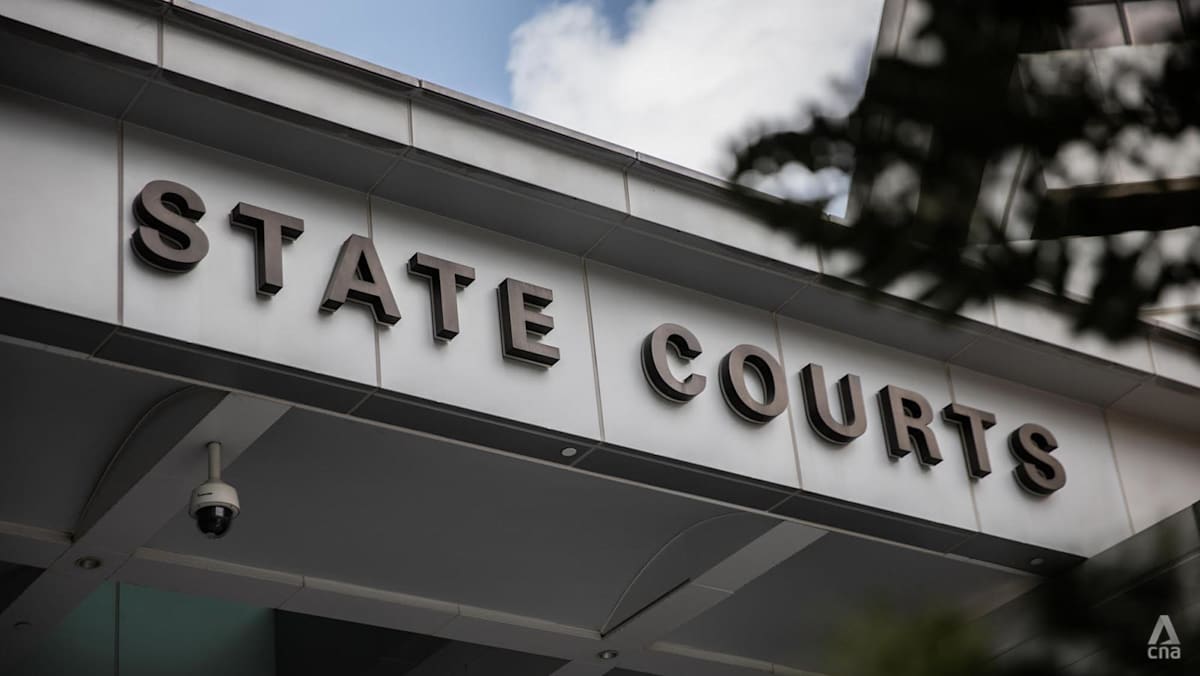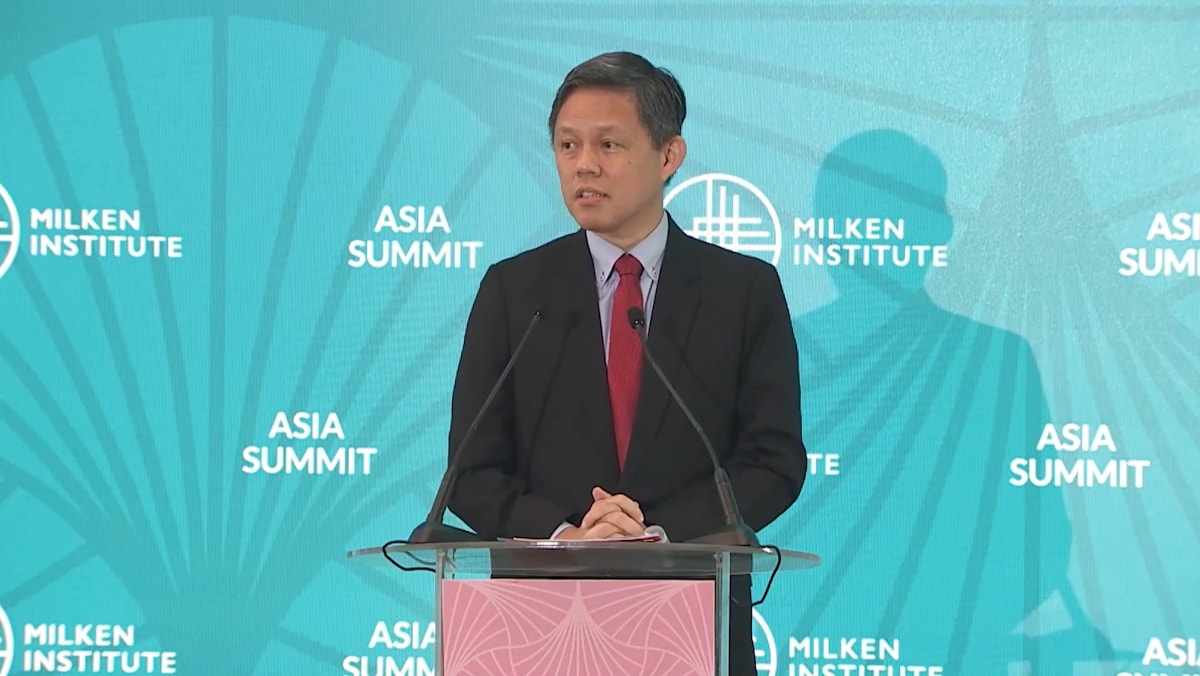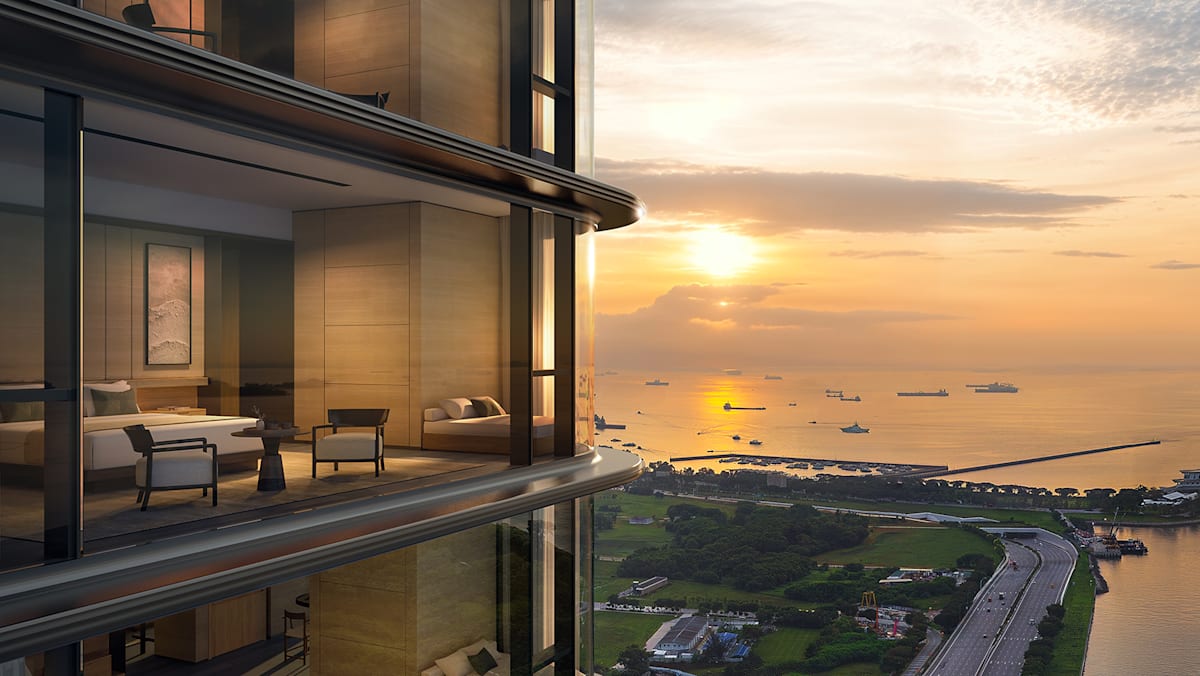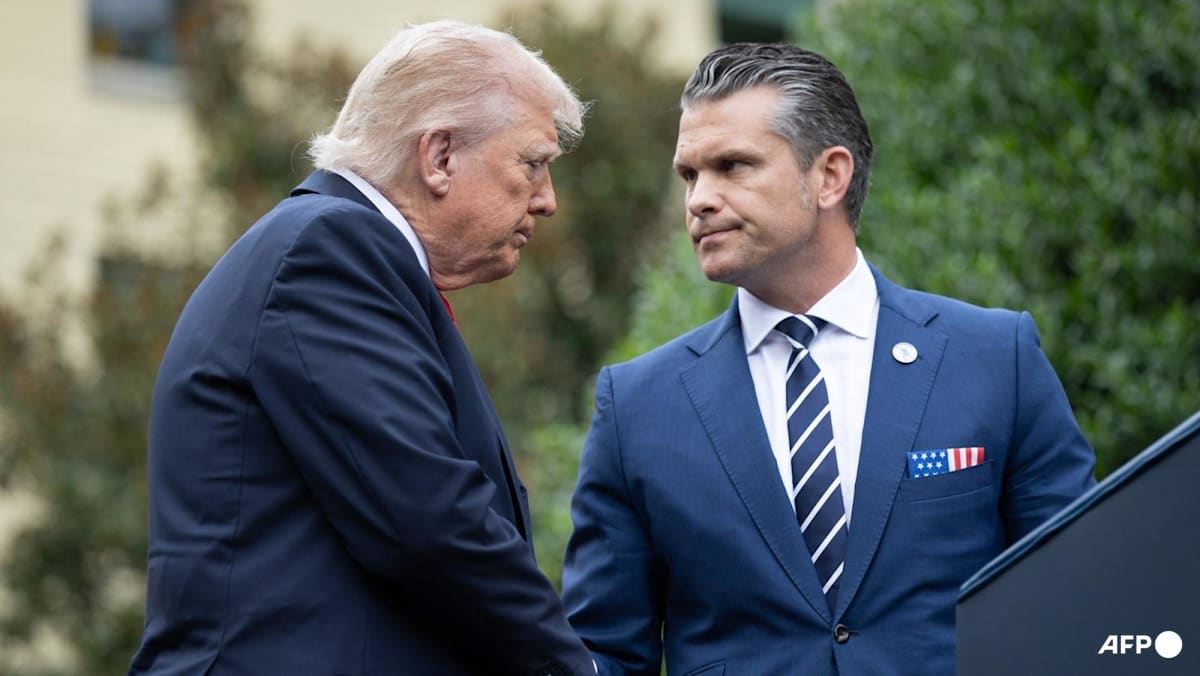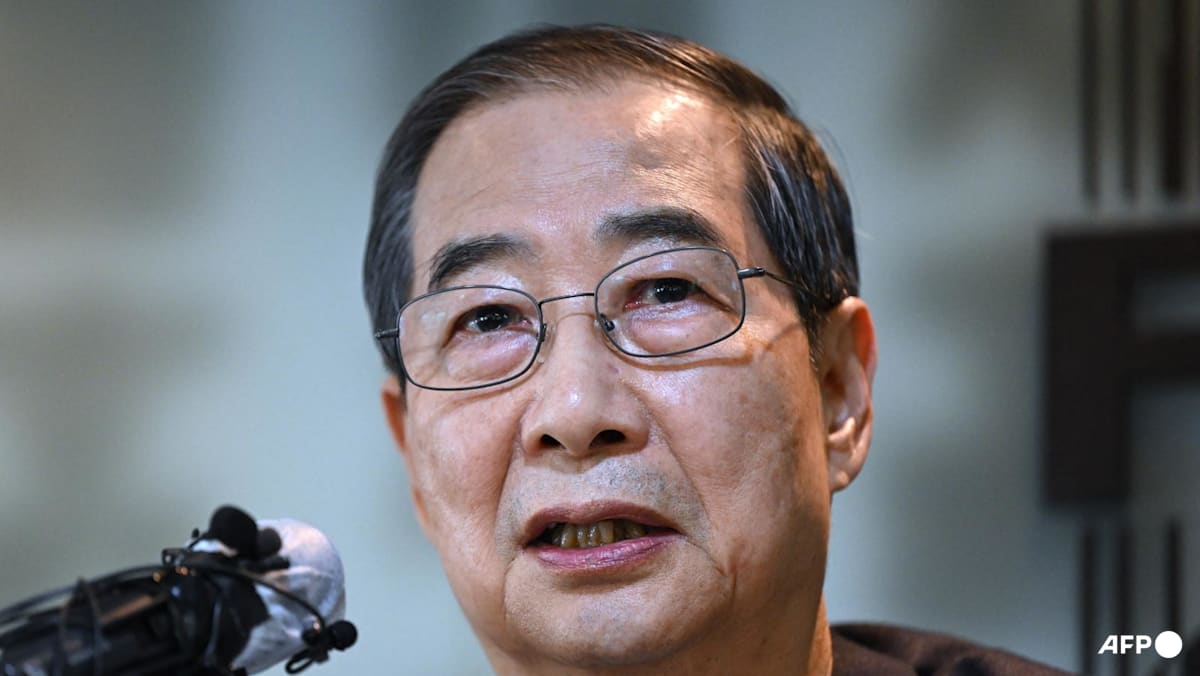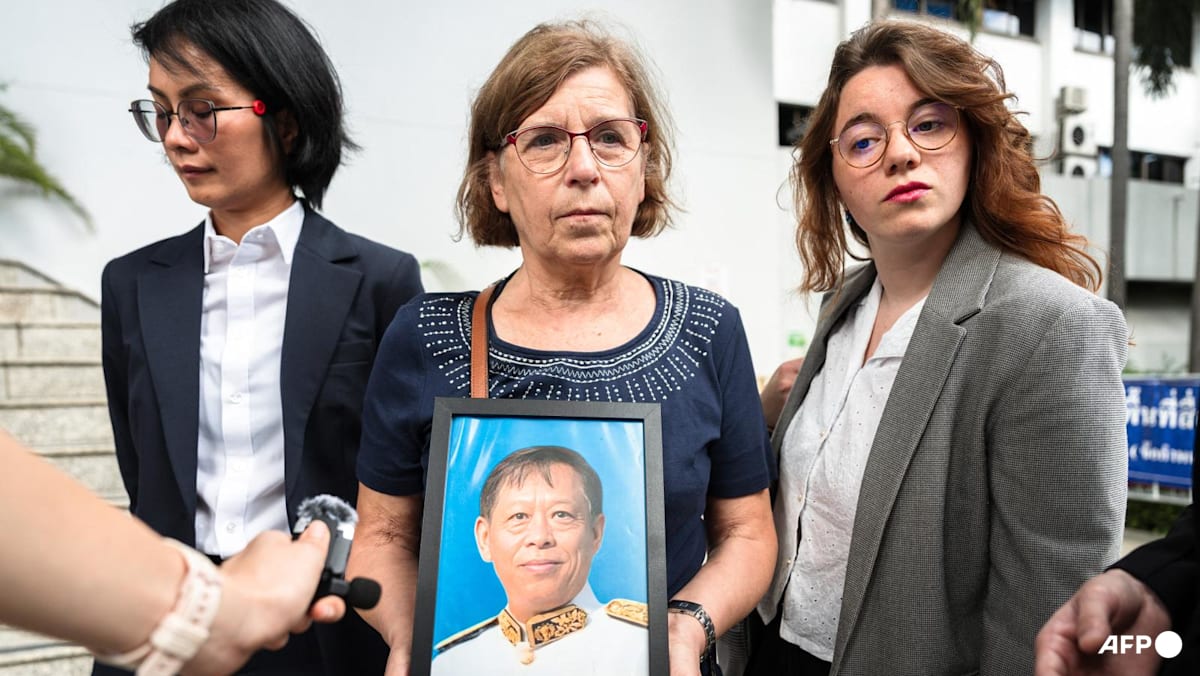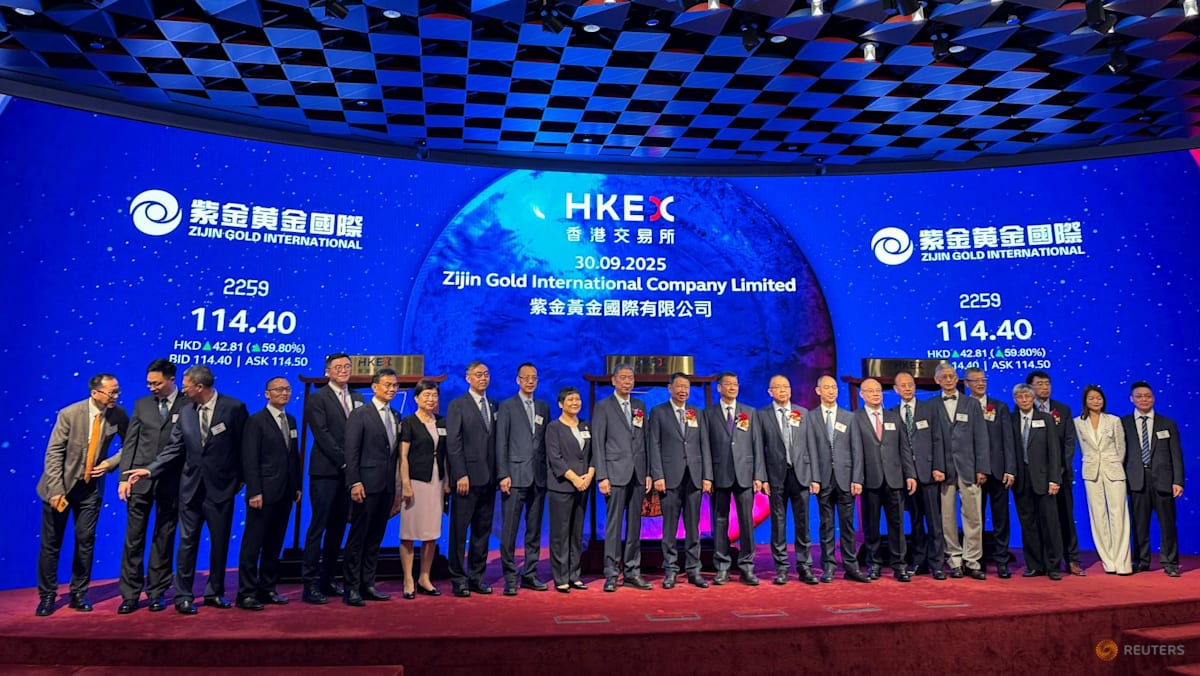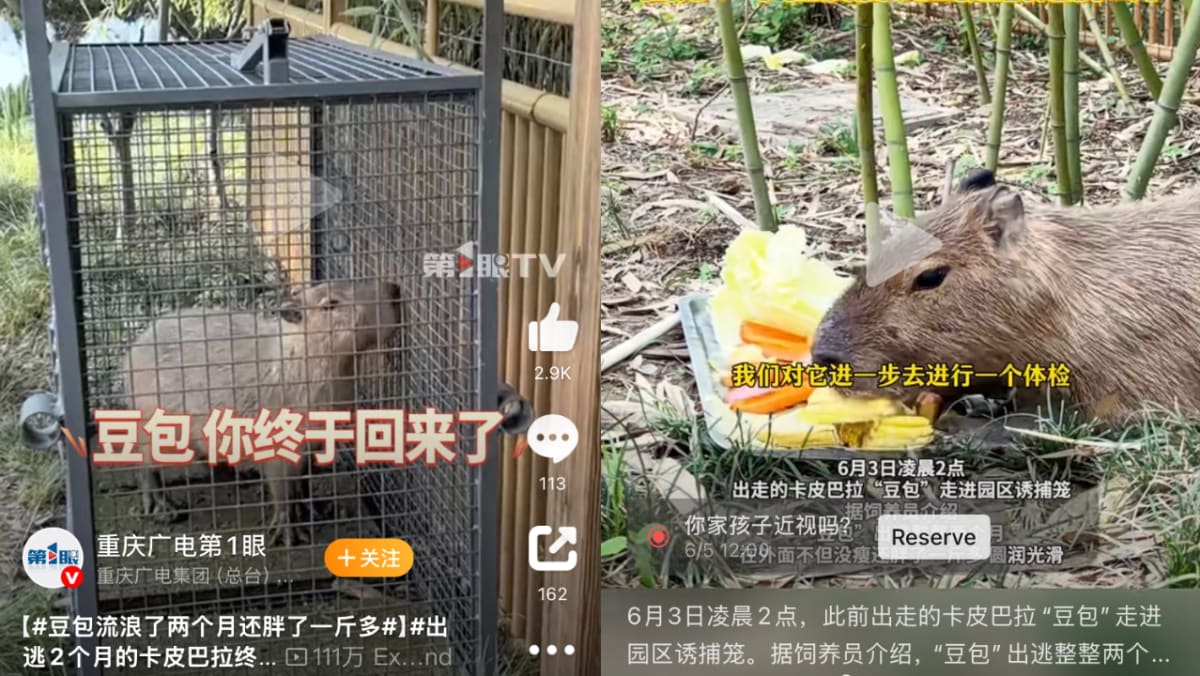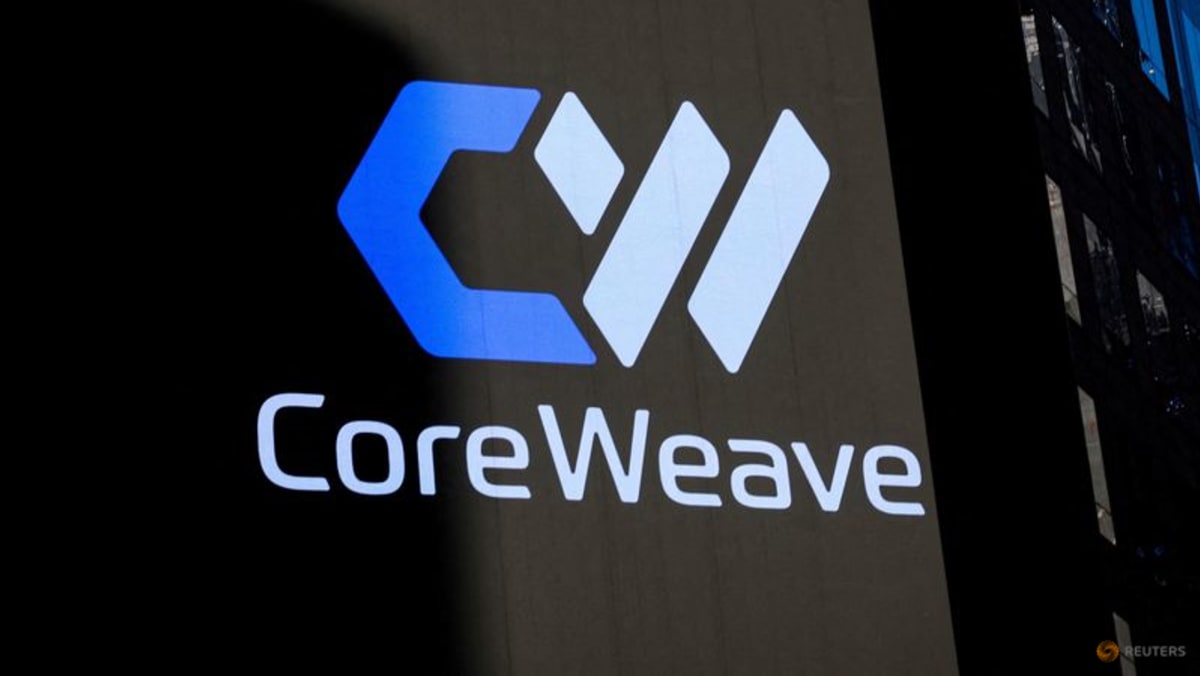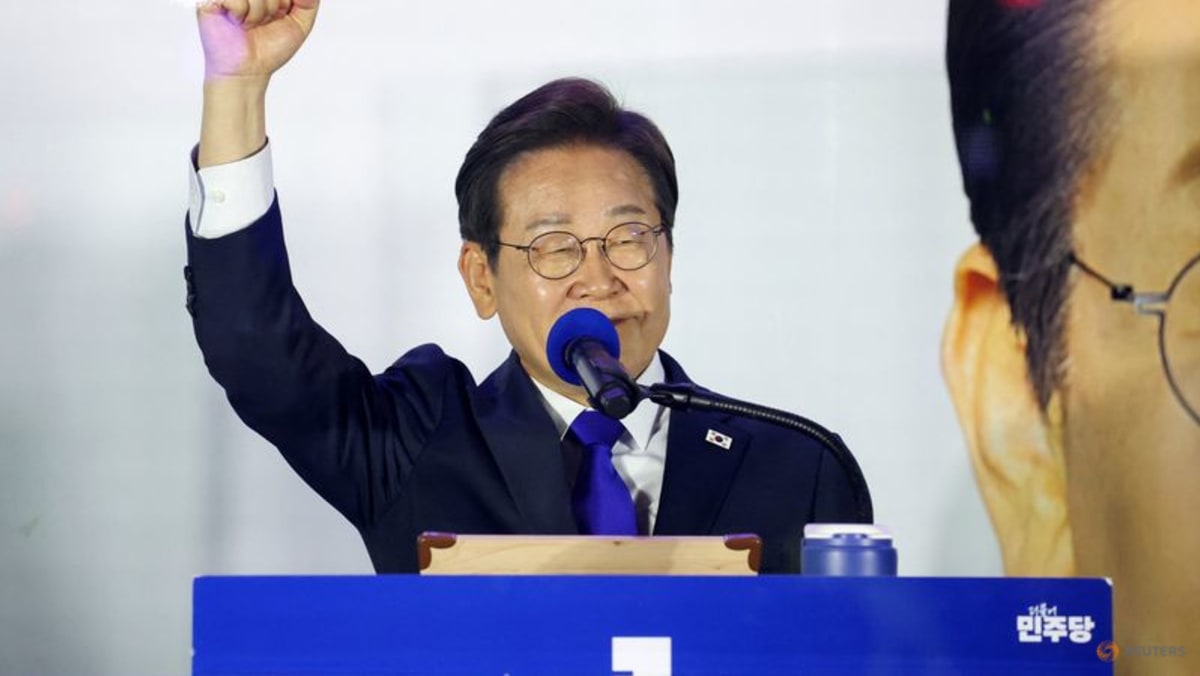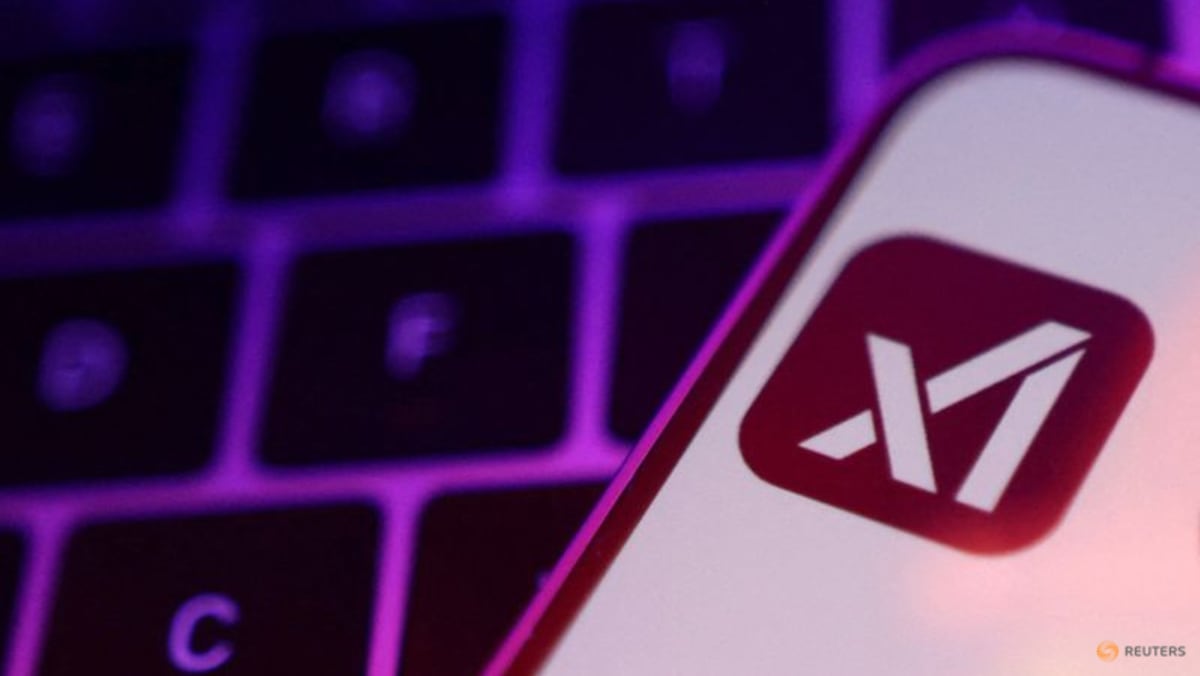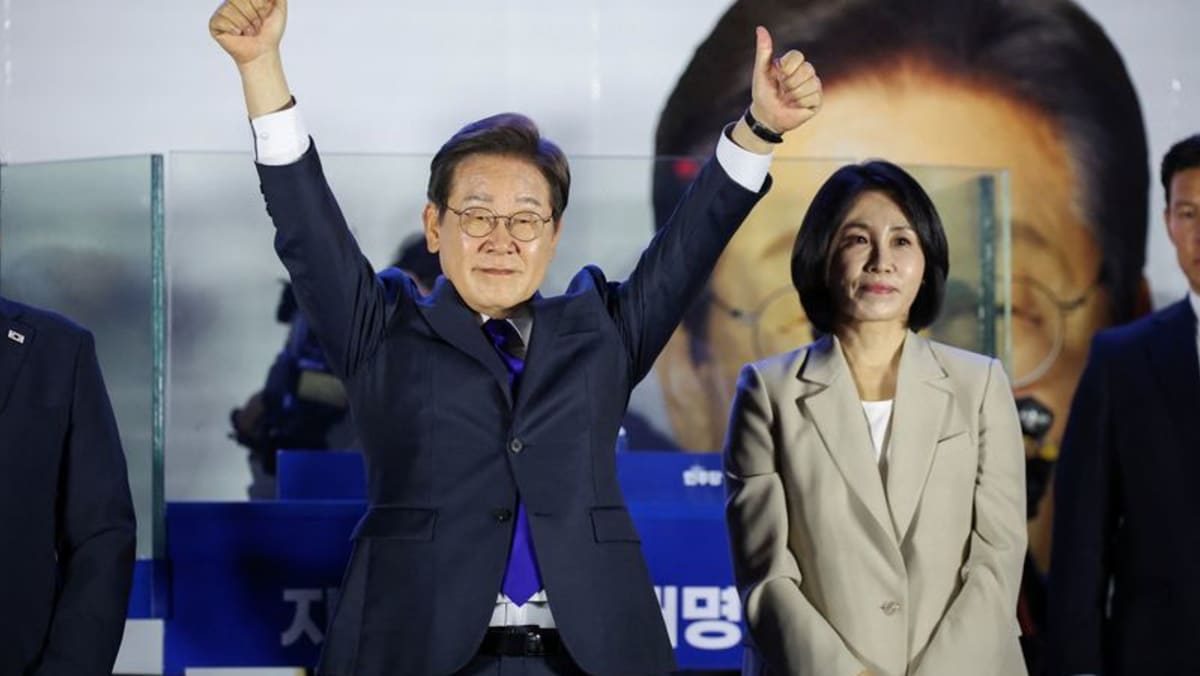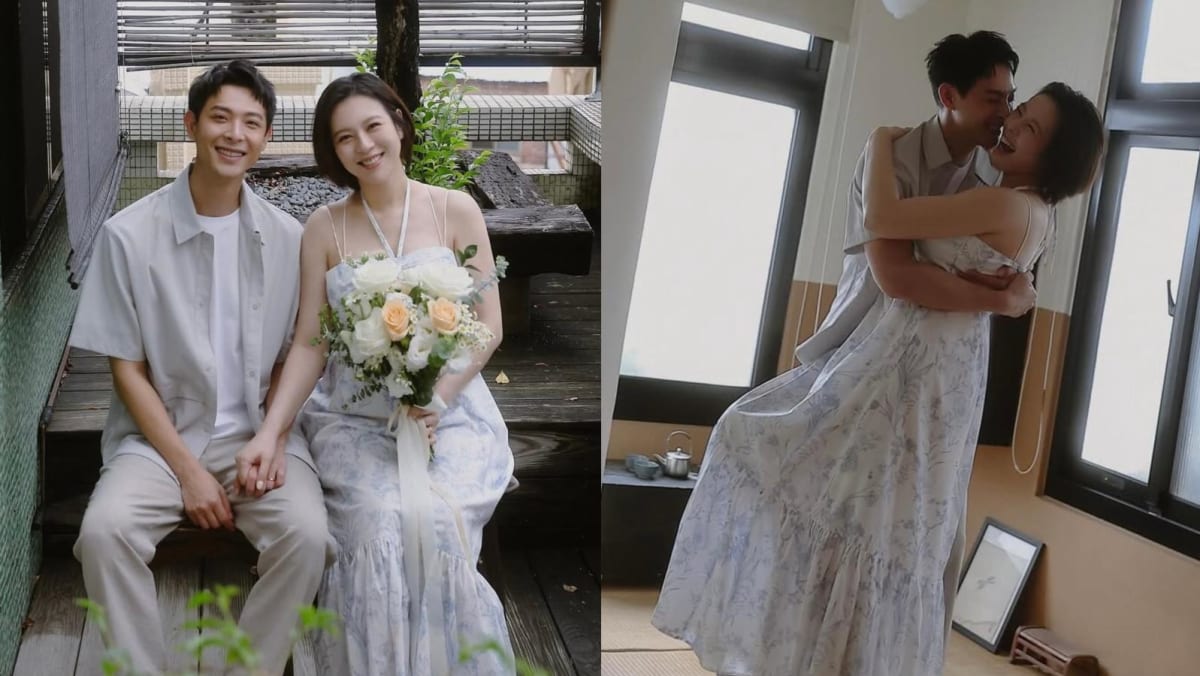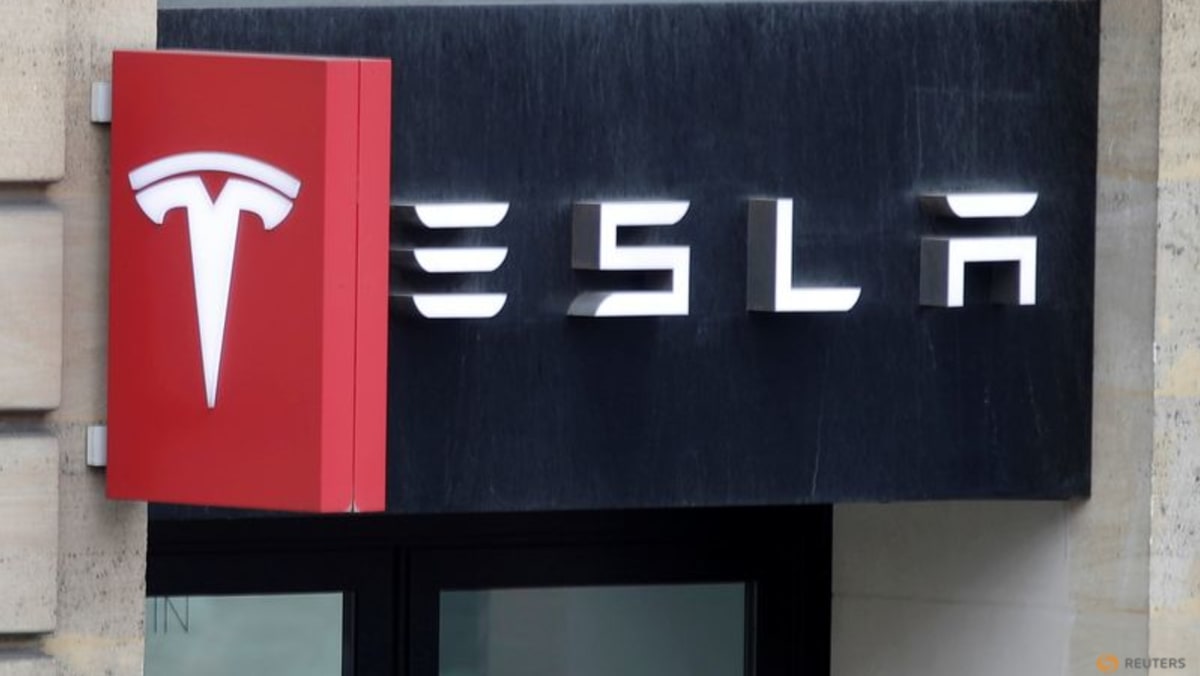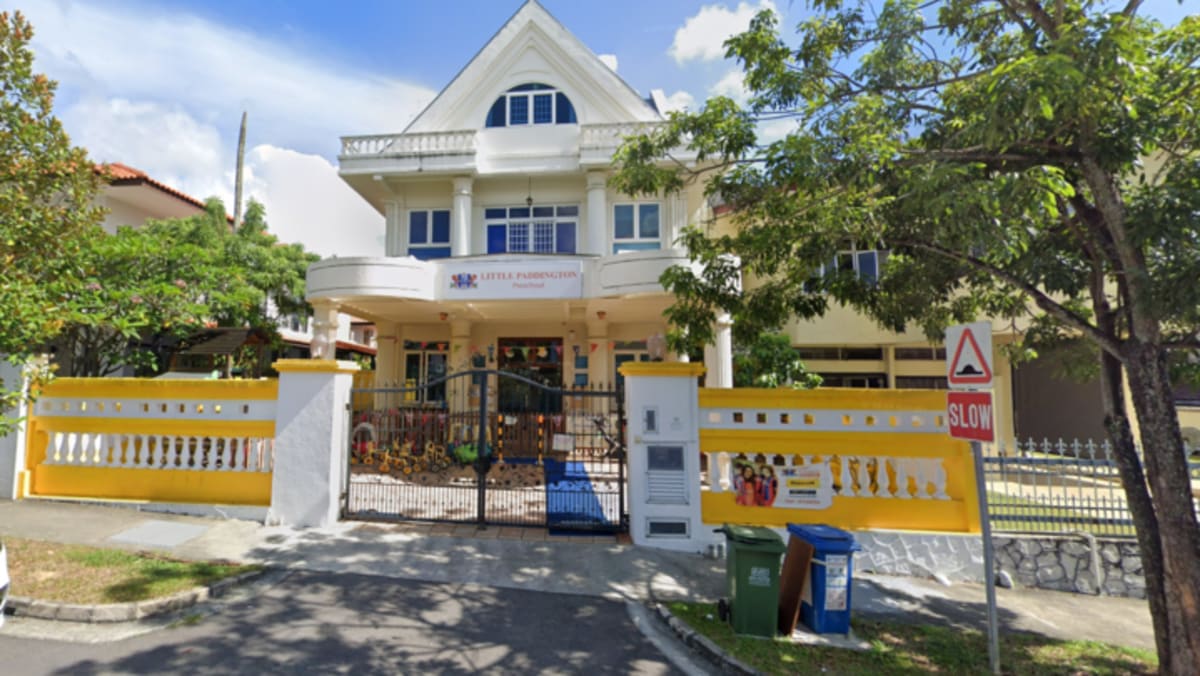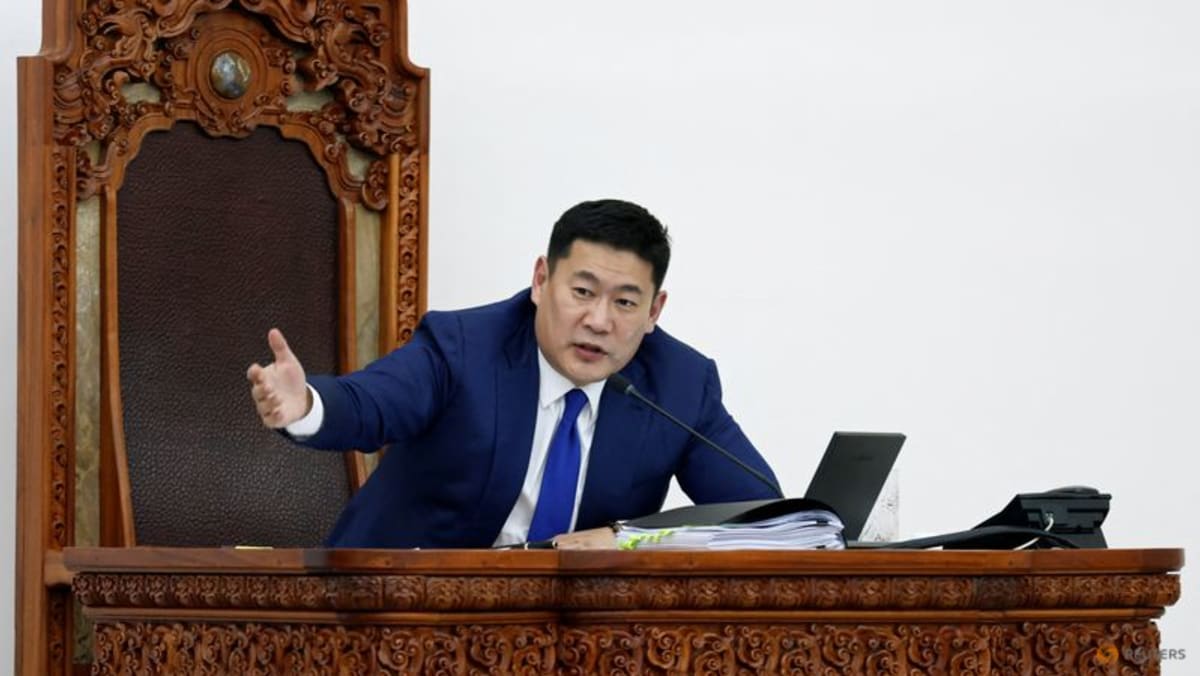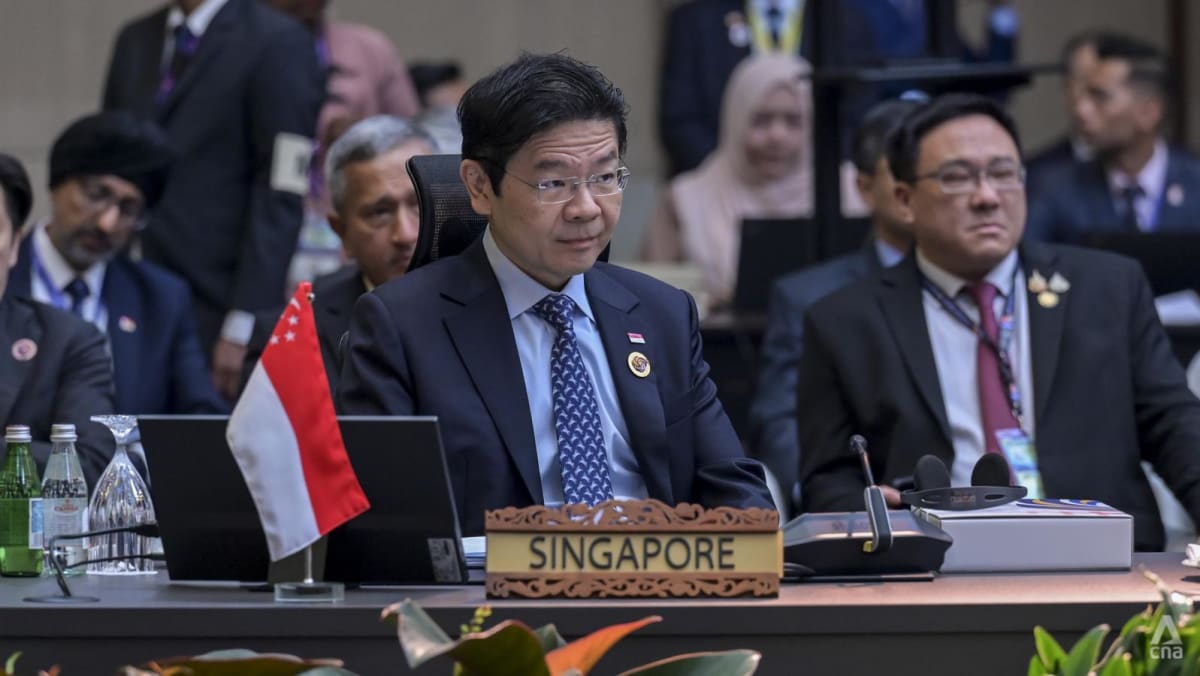The US president invoked Title 10 of the US Code in his order to call members of the California National Guard into federal service.

Protesters confront Los Angeles Police Department officers in riot gear in downtown Los Angeles on Jun 9, 2025. (Photo: AP/Eric Thayer)
New: You can now listen to articles.

This audio is generated by an AI tool.
United States President Donald Trump has deployed more than 4,000 National Guard troops and 700 Marines to Los Angeles after days of protests by hundreds of demonstrators against immigration raids.
California Governor Gavin Newsom has blasted the order as "purposely inflammatory", and the state on Monday (Jun 9) sued the Trump administration to block what it calls the “unlawful” deployment of soldiers.
Questions have emerged over whether Trump’s activation of the troops is in line with the law, with analysts telling CNA it is a legal grey area.
“Legally, he's pushing the limits. But then again, we haven't tested this out before,” said Rick Mullaney, executive director of Jacksonville University’s Public Policy Institute.
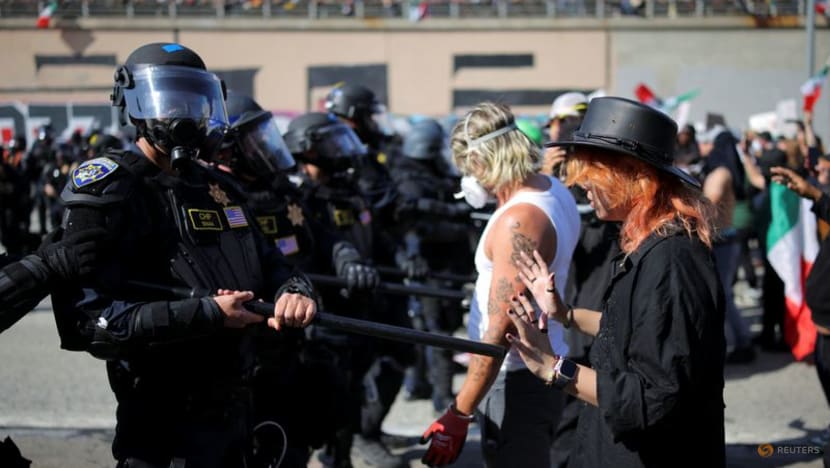 Police officers face off with demonstrators during a protest against federal immigration sweeps in downtown Los Angeles, California, US on Jun 8, 2025. (Photo: REUTERS/Daniel Cole)
Police officers face off with demonstrators during a protest against federal immigration sweeps in downtown Los Angeles, California, US on Jun 8, 2025. (Photo: REUTERS/Daniel Cole)
HOW IS TRUMP JUSTIFYING THE DEPLOYMENT?
Trump invoked a statute – Section 12406 of Title 10 of the US Code – in his order to call members of the California National Guard into federal service last Friday.
The provision allows the president to federalise National Guard units in the event the US is invaded, if there is a “rebellion or danger of rebellion”, or when the president is “unable with the regular forces to execute the laws of the United States”.
While the federal law generally forbids the US military, including the National Guard, from being involved in civilian law enforcement, they can protect federal personnel and property.
“Trump’s view is that (the troops) are protecting federal property and federal agents, (who are carrying out) the enforcement of federal law, and that this was necessary given the circumstances in Los Angeles,” Mullaney told CNA938.
“The law in this area is not well developed. This will test the law.”
WILL THIS HOLD UP IN COURT?
Rachel VanLandingham, a co-associate dean of research at the Southwestern Law School, said the statute that Trump cited to deploy troops is not well defined.
“It's so broadly written that it gives vast discretion to the president to decide when the conditions are ripe to federalise – that is, to take control of the National Guard and use them,” she noted.
She added that as there was some violence in the protests – cars were set aflame and scuffles broke out with law enforcement – the Trump administration could use the incidents to justify their case, even if they were a minority.
“I think the courts, at the end of the day, will yield to the president,” said VanLandingham, who is also a retired lieutenant colonel who served primarily as a military attorney for over 20 years in the US Air Force.
Analysts noted that the decision to deploy the National Guard usually comes from the ground up – local state officials determine if it is necessary, and the governor requests troops.
VanLandingham pointed out it is primarily Newsom’s responsibility and duty to keep the streets of Los Angeles safe, not the president’s.
“Trump completely bypassed him in an unprecedented manner,” she told CNA’s Asia First.
“This goes against hundreds of years of norms, of procedural safeguards, in an aversion against using federal troops - particularly active-duty troops - in a domestic law enforcement policing capacity, because it smacks of authoritarian overreach.”
TRUMP’S CRACKDOWN ON IMMIGRATION
Trump’s authorisation of the troops came after protests rocked Los Angeles as immigration and customs enforcement officers executed search warrants and arrested immigrants in the county last Friday.
The president has made clamping down on immigration a cornerstone of his second term since his return to the White House in January, and has not held back on “pushing the limits of executive power”, said Mullaney.
“Whether it's tariffs, higher education or immigration, the president has pushed those limits,” he said.
 People carry a banner against US President Donald Trump at a protest against federal immigration sweeps in the Boyle Heights neighborhood of Los Angeles, California, US Jun 8, 2025. (Photo: REUTERS/Daniel Cole)
People carry a banner against US President Donald Trump at a protest against federal immigration sweeps in the Boyle Heights neighborhood of Los Angeles, California, US Jun 8, 2025. (Photo: REUTERS/Daniel Cole)
He added that the deployments were a “calculated strong move” as part of the Trump administration’s efforts to deport illegal immigrants.
“The Trump administration … is sending a message to other sanctuary cities around the country, particularly in blue (Democrat) states, that are sympathetic and supportive of what's going on in Los Angeles,” he said.
Protests have also sprang up in at least nine other US cities, including New York, Philadelphia and San Francisco, according to US news outlets.
Observers said that while Trump has faced criticisms, particularly from the Democrats, some polls conducted by American media outlets before the Los Angeles protests showed a slight majority approving of the crackdown on undocumented immigrants.
“The Democrats will argue that Trump was quick on the trigger. Trump will argue that Newsom wasn't doing his job,” said Mullaney.
“Trump may or may not have the legal high ground, but he believes he has the political high ground, and he likely does.”
